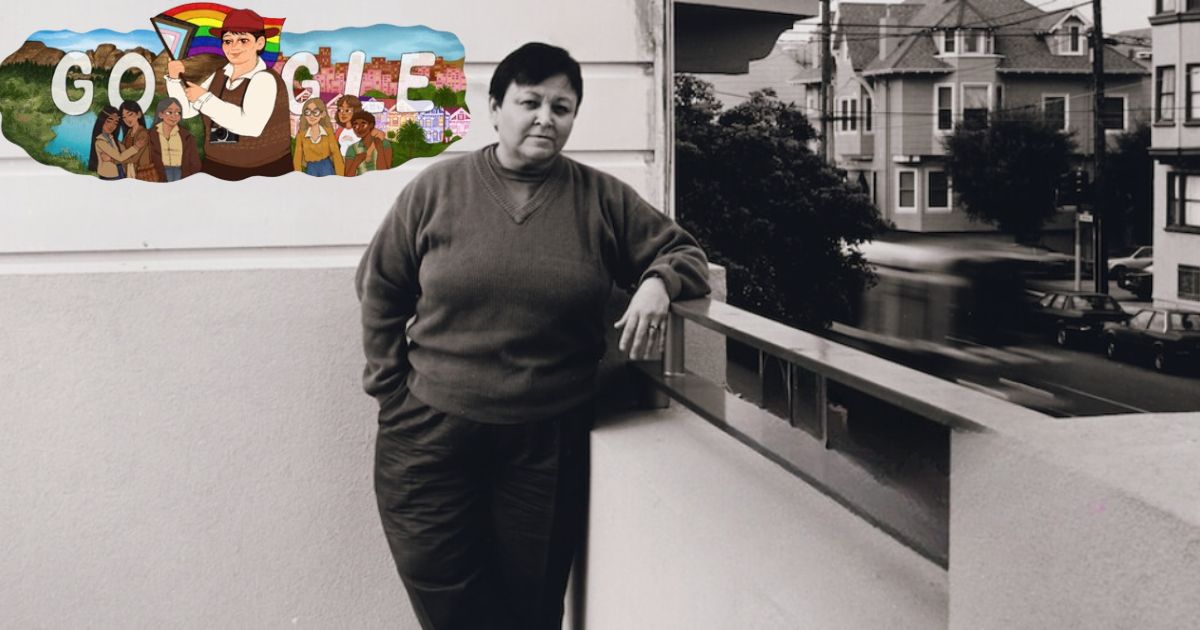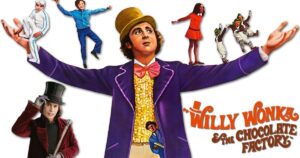Barbara May Cameron, born on May 22, 1954, stands as a notable luminary in the ongoing struggle for equality and heightened health consciousness. Renowned for her fervent activism as a member of the Hunkpapa Lakota community, she tirelessly advocated for LGBTQIA+ rights and public health awareness.
This article aims to delve into the life, accomplishments, and enduring influence of Cameron, shedding light on her remarkable contributions to social justice and well-being.
Who Is Barbara May Cameron?
Barbara May Cameron, known as Wia Washte Wi to her Standing Rock Sioux community, grew up in the tribe’s Fort Yates band on their North Dakota reservation. After finishing her education, she headed west to the Institute of American Indian Arts in Santa Fe, New Mexico in the early 1970s to study photography and film.
However, it was Cameron’s move to San Francisco at just 19 years old in 1973 that truly sparked her journey as an activist and advocate. The liberal, progressive environment of the city exposed Cameron to the intersecting challenges faced by minorities. As a young lesbian Native American woman, she encountered racism within the queer community and homophobia in Indigenous spaces. These experiences ignited Cameron’s mission to fight for justice and empower marginalized groups.
Awards and Achievements:
Barbara May Cameron left an indelible mark with her profound impact, fearlessly championing LGBTQIA+ inclusion within Native American communities and combating racism in queer spaces. Her unwavering commitment to advancing human well-being led her to assume the role of executive director at Community United Against Violence, where she provided crucial support to victims of hate crimes and domestic abuse.
Recognizing her tireless dedication, Barbara was appointed by the mayor of San Francisco in 1988 to serve on both the Citizens Committee on Community Development and the San Francisco Human Rights Commission. Her influence transcended borders when she was later appointed to the United Nations Commission on the Status of Women by a subsequent mayor.
Barbara’s commitment to public health was evident through her involvement with organizations such as the San Francisco AIDS Foundation and the American Indian AIDS Institute. She lent her expertise as a consultant to esteemed institutions like the US Department of Health and Human Services and the Centers for Disease Control, making significant contributions to AIDS and childhood immunization programs.
Highlights of Barbara May Cameron’s Achievements:
- Harvey Milk Award for Community Service (1992)
- Bay Area Career Women Community Service Award (1993)
- Led the Lesbian Gay Freedom Day Parade for 5 consecutive years
- Appointed to San Francisco Human Rights Commission (1988)
- Appointed to the UN Commission on the Status of Women (1990)
Cameron’s accolades highlight her status as an icon for both Native American and LGBTQIA+ communities. She leveraged her platform to increase inclusion and confront the injustices faced by minorities.
The Enduring Legacy of Barbara May Cameron’s Activism
Barbara May Cameron sustained a 21-year relationship with partner Linda Boyd, raising a son named Rhys Boyd-Farrell together.
Tragically, Cameron passed away suddenly from natural causes in February 2002 at the young age of 47. Her untimely death cut short a lifetime of advocacy work for justice and equality.
She left behind an unfinished screenplay titled “Long Time, No See” – a testament to her creative talents. Though gone too soon, Cameron’s contributions continue to inspire and pave the way for future generations.
Organizations like the San Francisco AIDS Foundation, the American Indian AIDS Institute, and the International Indigenous AIDS Network carry on her mission of empowerment. Her tireless efforts cemented Cameron’s reputation as a fearless pioneer for LGBTQIA+ and Indigenous rights.
Final Thoughts on the Trailblazing Legacy of Barbara May Cameron:
Barbara May Cameron’s lifetime of activism and social justice efforts established her as an icon for marginalized groups. She courageously used her voice to uplift minority communities, promote public health, and catalyze institutional change.
Though she passed away at only 47 years old, Cameron’s steadfast leadership and groundbreaking advocacy left an indelible mark on the city of San Francisco and beyond. Her legacy continues to inspire fellow activists and champions for human rights.
Cameron’s story serves as a reminder that one person truly can make a difference. By boldly confronting injustice and empowering others, her enduring impact Lives on through the many lives she touched and the organizations continuing her critical work today.
Barbara May Cameron Death:
Barbara May Cameron’s influence transcended her advocacy endeavors. Over the course of a 21-year partnership with Linda Boyd, they nurtured a family together, raising their son, Rhys Boyd-Farrell. However, tragedy struck on February 12, 2002, when Barbara succumbed to natural causes at the age of 47.
Despite her untimely passing, her creative spirit lives on through her unfinished screenplay, “Long Time, No See,” serving as a poignant reminder of her enduring creativity and unwavering passion.
FREQUENTLY ASKED QUESTIONS ABOUT Barbara May Cameron:
Who was Barbara May Cameron?
Barbara May Cameron was a pioneering activist who championed LGBTQIA+ and Indigenous rights.
How did Barbara May Cameron contribute to public health?
Cameron advocated for HIV/AIDS research, education and treatment for marginalized groups.
When did Barbara May Cameron pass away?
Barbara May Cameron passed away in February 2002 at age 47.
Summary:
Barbara May Cameron exemplified resilience, compassion, and steadfast commitment to equality and public health throughout her life. Her groundbreaking advocacy for LGBTQIA+ inclusion, her steadfast efforts to combat racism, and her relentless promotion of public health stand as enduring sources of inspiration, guiding future generations toward a more just and equitable society.











